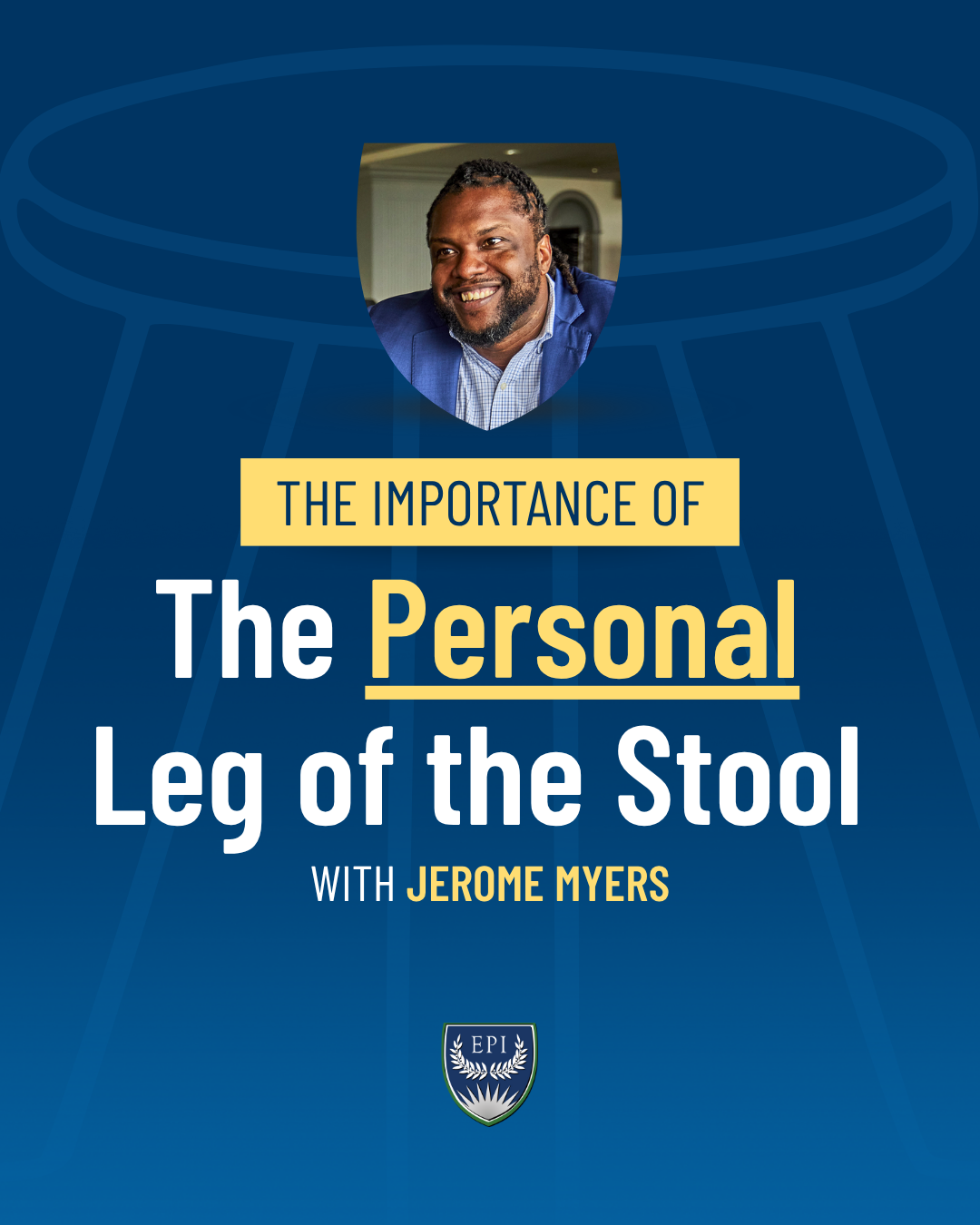
THE EXIT PLANNING BLOG
Keep up-to-date with exit planning, succession planning, industry trends, unique specialty insights, and useful content for professional advisors and business owners.
Share this
From Skeptic to Believer: How CEPAs Turn Plans into Action
by FocusCFO on November 3, 2025

Every business owner will exit someday—the only question is whether it will be by choice or by chance. For some, the exit is a celebration. For others, it’s a cautionary tale. The difference often comes down to one factor: whether the owner had the right advisors guiding them.
As a Certified Exit Planning Advisor (CEPA®), you do much more than just facilitate a transaction. You help owners see what’s at stake, uncover blind spots, and take action to build value before it’s too late. But here’s the challenge: getting an owner to engage is only the first step. The second, and arguably harder, step is ensuring the value-building plan actually gets implemented.
Here are 12 proven ways to win over skeptical business owners and bridge the gap between strategy and execution.
1. Educate, Don’t Sell
Business owners are skeptical by nature. Lead with education by hosting roundtables, sharing insightful content, and positioning yourself as a thought leader. The goal is to help owners understand the “why” behind exit planning, not to sell them a service.
2. Highlight the Owner’s Blind Spots
Most owners believe they know their business better than anyone, but they often overlook risks hiding in plain sight. For example, many businesses have heavy customer concentration, with too much revenue tied to one client, or suffer from owner dependency, where the business can't function without them. Use diagnostics and benchmarking tools to show, not just tell, where the vulnerabilities are.
3. Demonstrate the Cost of Inaction
Nothing motivates an owner more than realizing what’s at stake if they wait. Quantify the opportunity cost with hard numbers.
- “If you wait 5 years without addressing customer concentration, your valuation could drop by 20%.”
- “Without building recurring revenue streams, you’re leaving $3–5M of enterprise value on the table.”
By placing a financial impact on risks, you transform abstract concepts into concrete urgency.
4. Frame Exit Planning as Freedom, Not Retirement
Many owners hear “exit” and think “ending,” leading to the common objection: "I'm not ready to retire." Reframe the conversation. Exit planning is about creating options, independence, and the flexibility to transition on their own terms and timeframe. It is NOT a six-month countdown! When owners view it as a pathway to more control, a better-run business, and greater value, they become far more receptive.
5. Tell Stories of Success (and Regret)
Facts inform, but stories persuade. Share case studies of owners who won big because they planned early and those who lost millions because they were forced into a rushed sale due to unforeseen circumstances. Stories make the consequences real and build your credibility.
6. Make It Personal
Exit planning isn’t just about the business; it’s about the owner’s life. Ask about their vision for the future: “What does life look like after the business?” or “How do you want your family and employees taken care of?” When you connect the plan to their legacy and personal dreams, you shift the conversation from a transactional service to a life-changing partnership.
7. Use a Proven Framework
Owners trust a structured, proven process like the Value Acceleration Methodology™. A clear roadmap with milestones, like a 90-day action plan, makes the journey feel less overwhelming. But a roadmap is useless without a driver. Many business owners lack the time or internal financial leadership to execute these plans. This is the execution gap where many exit plans falter and where a hands-on, embedded financial partner becomes critical.
8. Quantify Value Growth Opportunities
Show owners how much wealth they can unlock. Start with a baseline valuation and then demonstrate how specific improvements could increase enterprise value. For example, show them how improving EBITDA by just 2% might add $1M to their valuation, or how diversifying customers could raise their multiple from 4x to 6x. You’re not just selling advice; you’re showing them a tangible ROI.
9. Focus on Both Business & Personal Readiness
A great CEPA integrates both sides of the equation: the business's financial health (reporting, management team) and the owner's personal preparedness (wealth planning, lifestyle goals). When you address both, you become more than a consultant. You become indispensable.
10. Bring the Team Approach
The exit planning process involves CPAs, attorneys, wealth managers, and bankers. Position yourself as the quarterback who coordinates the entire team and sets the strategy. Paired with a CEPA-educated fractional CFO embedded on the leadership team who can act as your ‘boots on the ground,’ your strategic initiatives will remain in focus and be implemented, tracked, and managed internally.
11. Lower the Barrier to Entry
Exit planning can sound like a massive commitment. Offer smaller entry points like a discovery meeting, a business readiness assessment, or a 90-day value acceleration sprint. Once owners see results from a small engagement, they’re far more likely to commit to the full journey.
12. Build a Long-Term Relationship, Not Just a Transaction
Owners rarely “decide today.” The advisors who win are the ones who stay visible by providing value over the long term through newsletters, quarterly roundtables, or personal check-ins. When the time comes—and it will—you’ll be the trusted advisor they turn to.
The Difference Maker: Turning Your Plan into a Legacy
As a CEPA, your expertise is in building the strategy that secures an owner’s future. You win their trust by educating them, revealing blind spots, and connecting the plan to their personal dreams.
But the final chapter of that owner’s story isn’t written when they agree to the plan—it’s written when the value is realized at exit. The greatest strategy in the world is only a dream without relentless execution. This is where your role as a strategic quarterback and our role as the embedded financial partner come together.
Why an Embedded CEPA Makes the Difference
The traditional exit advisory team often operates in an "orbit" around the business owner, meeting periodically but not fully immersed in day-to-day operations. This leaves a critical gap in execution.
An Embedded Fractional CFO from FocusCFO becomes part of the client's executive leadership team, working directly alongside the owner to implement your strategic plan. We are the advisory team’s ‘boots on the ground,’ providing ongoing, hands-on support in:
- Forward-Thinking Financial Planning: Translating your high-level goals into actionable forecasts, budgets, and cash flow management.
- Strategic Leadership: Guiding the company through key operational decisions that drive value creation.
- Value Acceleration: Implementing and managing the initiatives needed to maximize growth, strengthen operations, and mitigate risk in the years leading up to an exit.
FocusCFO’s Embedded CEPA model, as demonstrated with clients like Watershed Distillery, empowers business owners to achieve their desired outcomes. We work with you to ensure your client's success.
Are you a CEPA looking to provide greater value and ensure your plans lead to successful exits? Consider the power of an embedded partner.
Reach out to FocusCFO today. We're better together.
Related Resources
- Stronger Harvests Start in the Build Stage
- What The Heck is an Embedded CEPA?
- About Our Partner Network
Share this
- Blog (545)
- CEPA (420)
- exit planning (249)
- CEPA community (187)
- Business Owner (169)
- Exit Planning Summit (95)
- EPI Chapter Network (89)
- Value Acceleration Methodology (79)
- Exit Planning Partner Network (76)
- EPI Announcement (49)
- Content (48)
- Webinars (37)
- Excellence in Exit Planning Awards (33)
- Marketing (30)
- 2024 Exit Planning Summit (28)
- 5 Stages of Value Maturity (26)
- Books (24)
- EPI Academy (24)
- Exit Planning Teams (22)
- EPI Team (21)
- Leadership (21)
- 2023 Exit Planning Summit (20)
- family business (20)
- women in business (19)
- Intangible Capital (18)
- Exit Options (17)
- Black Friday (16)
- CPA (15)
- Walking to Destiny (15)
- State of Owner Readiness (14)
- Chapters (13)
- Chris Snider (12)
- National Accounts (12)
- Small business (12)
- charitable intent (12)
- personal planning (12)
- Financial Advisors (11)
- Season of Deals (9)
- 5 Ds (8)
- About us (8)
- Podcast (8)
- Insiders Bash (7)
- Scott Snider (7)
- Christmas (6)
- Exit Planning Content Library (6)
- Case Studies (5)
- Owner Roundtables (5)
- Value Advisors (5)
- financial planning (5)
- Awards (4)
- Circle of Excellence (4)
- Exit & Succession (4)
- Five Ds (4)
- Three Legs of the Stool (4)
- executive training (4)
- Owners Forum (3)
- author (3)
- forbes (3)
- DriveValue (2)
- EPI Thought Leadership Council (2)
- Exit Is Now Podcast (2)
- Peter Christman (2)
- Veteran (2)
- Whitepapers (2)
- Business Owners Forum (1)
- SOOR (1)
- business consultants (1)






